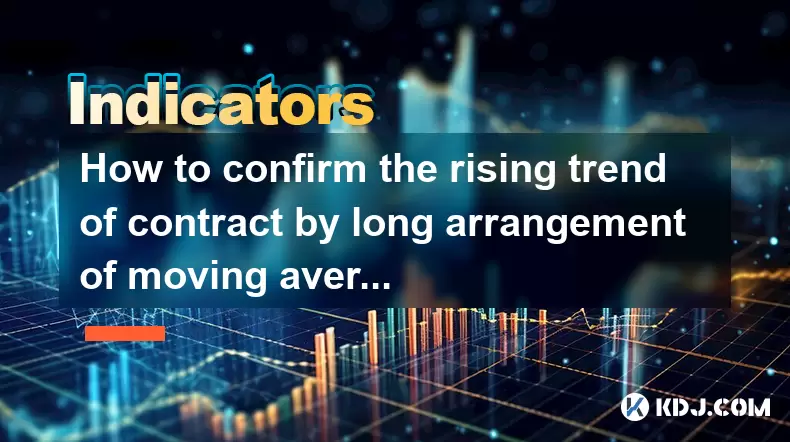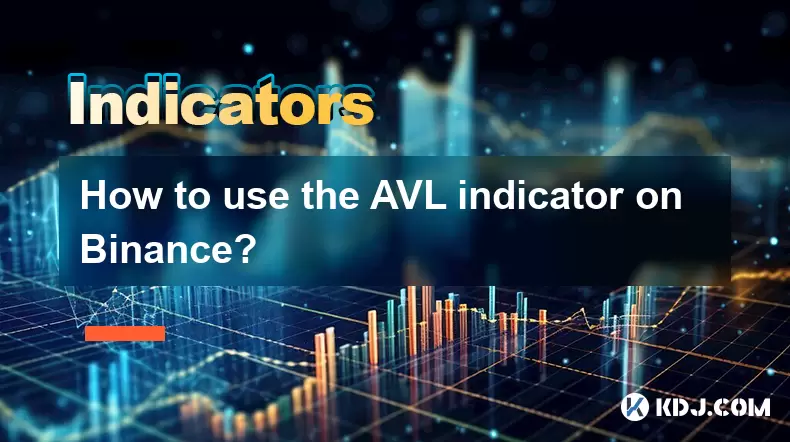-
 Bitcoin
Bitcoin $117700
-0.03% -
 Ethereum
Ethereum $3805
0.49% -
 XRP
XRP $3.098
-1.00% -
 Tether USDt
Tether USDt $1.000
0.03% -
 BNB
BNB $792.8
-1.72% -
 Solana
Solana $177.9
-1.95% -
 USDC
USDC $1.000
0.02% -
 Dogecoin
Dogecoin $0.2202
-1.55% -
 TRON
TRON $0.3278
-2.92% -
 Cardano
Cardano $0.7641
-2.43% -
 Hyperliquid
Hyperliquid $42.21
-2.68% -
 Sui
Sui $3.758
-1.58% -
 Stellar
Stellar $0.4080
-3.21% -
 Chainlink
Chainlink $17.75
-0.33% -
 Bitcoin Cash
Bitcoin Cash $591.8
4.96% -
 Hedera
Hedera $0.2561
-3.09% -
 Avalanche
Avalanche $23.34
-4.24% -
 Litecoin
Litecoin $110.7
1.96% -
 UNUS SED LEO
UNUS SED LEO $8.956
-0.01% -
 Toncoin
Toncoin $3.410
0.79% -
 Ethena USDe
Ethena USDe $1.001
0.03% -
 Shiba Inu
Shiba Inu $0.00001288
-1.82% -
 Uniswap
Uniswap $10.07
-2.06% -
 Polkadot
Polkadot $3.807
-2.27% -
 Monero
Monero $308.2
-2.15% -
 Dai
Dai $1.000
0.03% -
 Bitget Token
Bitget Token $4.521
-0.30% -
 Pepe
Pepe $0.00001134
-1.52% -
 Cronos
Cronos $0.1457
0.65% -
 Aave
Aave $274.9
-2.47%
How to confirm the rising trend of contract by long arrangement of moving average?
A rising crypto trend is confirmed when the 50, 100, and 200 EMAs align upward, offering dynamic support levels for strategic entries and trend validation through price behavior and volume.
Jun 20, 2025 at 04:08 pm

Understanding the Basics of Moving Averages in Cryptocurrency Trading
In cryptocurrency trading, moving averages (MAs) are among the most widely used technical indicators. They help traders smooth out price data over a specific time period and identify potential trends. The long arrangement of moving averages refers to setting up multiple MAs with longer timeframes—such as 50, 100, and 200 periods—to gauge the long-term direction of a crypto contract’s price movement.
The core idea behind using a long MA setup is to filter out short-term volatility and focus on the underlying trend. When these moving averages align in a particular order—typically from shortest to longest period all sloping upward—it signals a potential rising trend in the contract.
Important:
The alignment must not only be ascending but also maintain consistent spacing between each line without frequent crossovers or collapses.Setting Up Your Long-Term Moving Average Configuration
To confirm a rising trend through a long MA arrangement, you need to configure your chart correctly:
- Add three moving averages: 50-period, 100-period, and 200-period.
- Ensure they are all set to close prices for consistency.
- Choose exponential moving averages (EMAs) or simple moving averages (SMAs), depending on your preference for sensitivity.
Once added, observe how these lines interact with each other and with the price action.
Crucial point:
For a bullish confirmation, the 50 EMA should be above the 100 EMA, which in turn should be above the 200 EMA. This creates a "layer cake" effect that visually represents a strong uptrend.Analyzing Price Behavior Around Long-Term MAs
After setting up the long MA configuration, it's essential to monitor how the price behaves around these levels. In a healthy rising trend:
- Pullbacks often find support near the 50 EMA.
- The price rarely drops below the 100 EMA.
- A drop below the 200 EMA may signal a major trend reversal.
Each bounce off a higher MA reinforces the strength of the uptrend. Traders can use these levels as dynamic support zones for potential entry points.
- Watch for candlestick patterns forming near the 50 EMA that suggest continuation.
- Look at volume spikes during bounces to validate buying pressure.
- Monitor RSI or MACD to ensure momentum supports the rising MA structure.
Identifying False Signals and Avoiding Whipsaws
While a long MA arrangement can be powerful, it is not foolproof. False signals can occur due to market manipulation, sudden news events, or high volatility typical in crypto markets.
A common false signal appears when the price briefly dips below the 50 EMA but quickly rebounds without affecting the overall MA alignment. These moments shouldn’t be interpreted as trend reversals unless followed by more significant breakdowns.
- Use additional filters like volume to distinguish real breakdowns from temporary pullbacks.
- Apply trendlines alongside MAs to spot divergences early.
- Observe time frame consistency across multiple charts (e.g., 4H and daily) to avoid conflicting signals.
Practical Application in Crypto Contract Trading
When applying this strategy to cryptocurrency futures or perpetual contracts, consider the following:
- Contracts with high open interest and volume respond more reliably to MA-based strategies.
- Leverage settings should reflect confidence in the trend. Over-leveraging can lead to liquidation even if the trend remains intact.
- Stop-loss placements can be positioned just below key MAs (e.g., 50 or 100 EMA) to protect capital while allowing room for normal price fluctuations.
Key insight:
The goal is not to catch every move but to ride the trend confidently once confirmed by the long MA arrangement.Frequently Asked Questions
Q: Can I use different moving average lengths for long-term analysis?
Yes, although 50, 100, and 200 are standard, some traders adjust them based on asset behavior. However, changing lengths may alter signal accuracy, so backtesting is crucial before live trading.
Q: What happens if two MAs cross during an uptrend?
If two MAs temporarily cross but the overall alignment remains upward, it might be a consolidation phase rather than a reversal. Wait for a clear breakdown below the 200 MA to reassess the trend.
Q: Is this method suitable for all cryptocurrencies?
It works best on major assets with sufficient liquidity and volume. Smaller altcoins may generate erratic signals due to thin order books and low trading activity.
Q: How do I combine this with fundamental analysis?
Use macro developments (e.g., ETF approvals, exchange listings, halving events) to support your MA-based strategy. Fundamental catalysts can reinforce trend sustainability.
Disclaimer:info@kdj.com
The information provided is not trading advice. kdj.com does not assume any responsibility for any investments made based on the information provided in this article. Cryptocurrencies are highly volatile and it is highly recommended that you invest with caution after thorough research!
If you believe that the content used on this website infringes your copyright, please contact us immediately (info@kdj.com) and we will delete it promptly.
- Cold Wallet vs. MetaMask: A Crypto Wallet Revolution?
- 2025-07-31 10:30:57
- Bitcoin Casinos in 2025: Instant Payouts and Welcome Bonuses
- 2025-07-31 10:50:33
- Meme Coins in 2025: Token Burns and the Quest for Moonshots
- 2025-07-31 10:50:33
- Unlocking Value: A Deep Dive into Random Year 1 oz Krugerrand Gold Coins
- 2025-07-31 10:57:21
- LYNO Token Presale: AI Arbitrage Revolution in DeFi
- 2025-07-31 05:11:11
- Pepecoin Successors: Can These Cryptocurrencies Make You a Millionaire?
- 2025-07-31 05:50:12
Related knowledge

How to use the AVL indicator to confirm a trend?
Jul 31,2025 at 10:25am
Understanding the AVL Indicator and Its ComponentsThe AVL indicator, also known as the Accumulation Volume Line, is a technical analysis tool that com...

How does volume affect the AVL indicator?
Jul 31,2025 at 11:23am
Understanding the AVL Indicator and Its Core ComponentsThe AVL indicator, short for Accumulation Volume Line, is a technical analysis tool used primar...

How to use the AVL indicator with MACD for better signals?
Jul 31,2025 at 09:22am
Understanding the AVL Indicator and Its Role in Cryptocurrency TradingThe AVL indicator, also known as the Accumulation Volume Line, is a volume-based...

How to identify sell signals with the AVL indicator?
Jul 31,2025 at 07:09am
Understanding the AVL Indicator and Its Core ComponentsThe AVL indicator, also known as the Accumulation Volume Line, is a volume-based technical anal...

How to use the AVL indicator on Binance?
Jul 31,2025 at 12:22pm
Understanding the AVL Indicator and Its Relevance on BinanceThe AVL indicator, also known as the Accumulation Volume Line, is a technical analysis too...

What are the best settings for the AVL indicator?
Jul 31,2025 at 10:04am
Understanding the AVL Indicator and Its PurposeThe AVL indicator, also known as the Accumulation Volume Line, is a technical analysis tool used in the...

How to use the AVL indicator to confirm a trend?
Jul 31,2025 at 10:25am
Understanding the AVL Indicator and Its ComponentsThe AVL indicator, also known as the Accumulation Volume Line, is a technical analysis tool that com...

How does volume affect the AVL indicator?
Jul 31,2025 at 11:23am
Understanding the AVL Indicator and Its Core ComponentsThe AVL indicator, short for Accumulation Volume Line, is a technical analysis tool used primar...

How to use the AVL indicator with MACD for better signals?
Jul 31,2025 at 09:22am
Understanding the AVL Indicator and Its Role in Cryptocurrency TradingThe AVL indicator, also known as the Accumulation Volume Line, is a volume-based...

How to identify sell signals with the AVL indicator?
Jul 31,2025 at 07:09am
Understanding the AVL Indicator and Its Core ComponentsThe AVL indicator, also known as the Accumulation Volume Line, is a volume-based technical anal...

How to use the AVL indicator on Binance?
Jul 31,2025 at 12:22pm
Understanding the AVL Indicator and Its Relevance on BinanceThe AVL indicator, also known as the Accumulation Volume Line, is a technical analysis too...

What are the best settings for the AVL indicator?
Jul 31,2025 at 10:04am
Understanding the AVL Indicator and Its PurposeThe AVL indicator, also known as the Accumulation Volume Line, is a technical analysis tool used in the...
See all articles

























































































